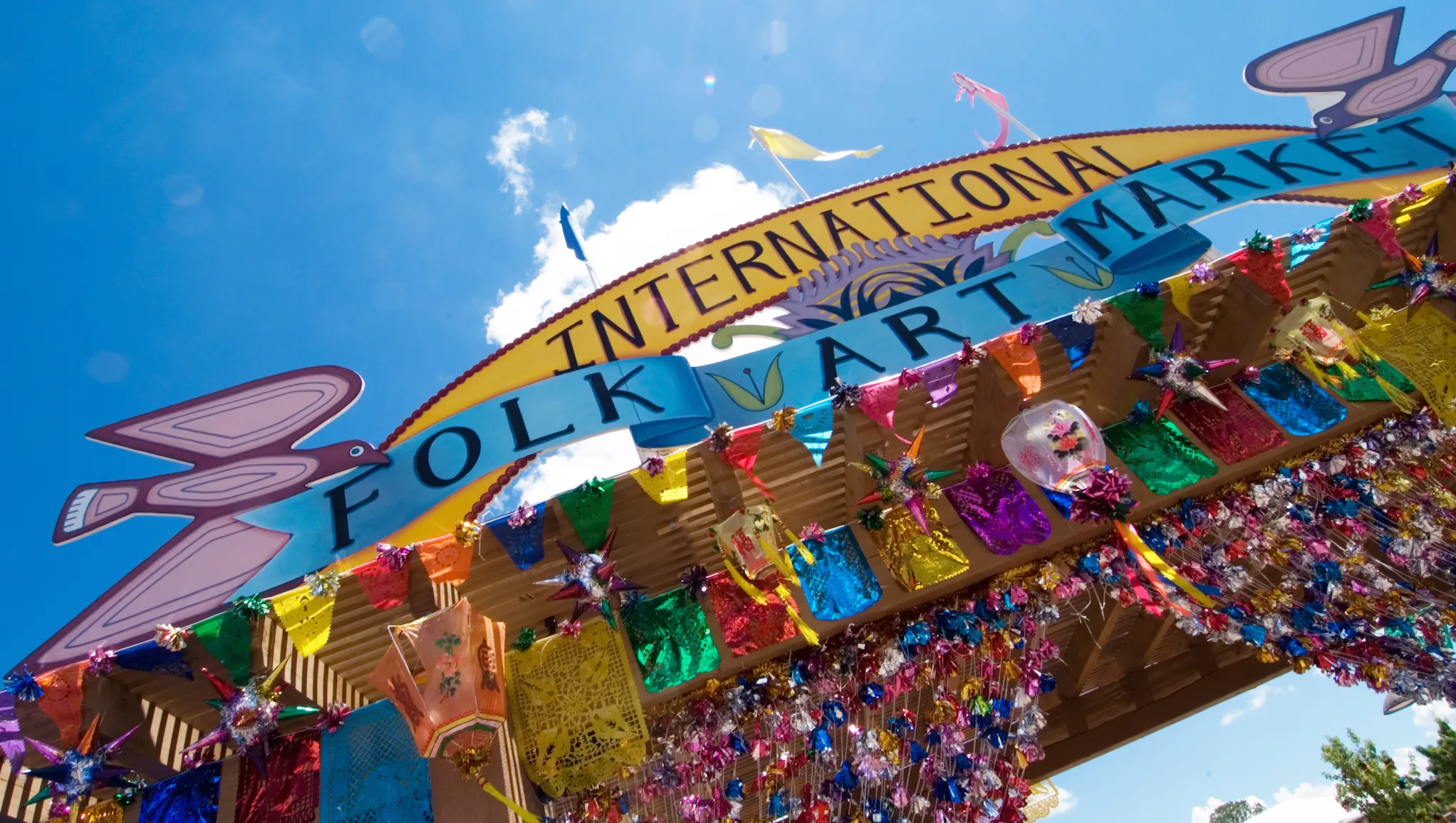Physical Address
304 North Cardinal St.
Dorchester Center, MA 02124
Physical Address
304 North Cardinal St.
Dorchester Center, MA 02124

Festivals unite communities through music, art, and heritage
Across Canada, arts festivals are serving as vibrant platforms for cultural exchange, bringing together communities from different backgrounds to celebrate creativity, music, dance, and heritage. These festivals highlight the richness of multicultural traditions that shape Canada’s identity, offering opportunities for both artists and audiences to engage with diverse perspectives. From large metropolitan centers to smaller towns, each event adds to a collective story of inclusivity and shared celebration.
Arts festivals across Canada have become key stages for showcasing diverse cultural traditions through performances, exhibitions, and interactive displays. Artists present works that reflect their heritage, whether through traditional dance, indigenous storytelling, Caribbean drumming, or Asian calligraphy. These contributions not only entertain but also educate audiences about the unique histories and experiences of each community.
Music, in particular, unites festivalgoers by creating a rhythm that transcends language barriers. From Afrobeat ensembles in Toronto to Métis fiddling in Saskatchewan, live performances foster an atmosphere of energy and connection. Many festivals also feature multilingual choirs and cross-cultural collaborations where musicians experiment with blending traditions, offering fresh sounds that celebrate unity.
Visual arts are another powerful avenue for cultural expression. Art installations, mural projects, and photography exhibits often capture the lived realities of immigrant and Indigenous communities. These creative works stimulate dialogue about resilience, adaptation, and shared values within Canadian society.
Through this vibrant mix of art and music, festivals become more than entertainment—they act as cultural classrooms, encouraging respect and appreciation for the stories each tradition carries into Canada’s collective landscape.
From Vancouver to Halifax, Canadian cities embrace arts festivals as ways to strengthen community bonds. Each location adapts its celebrations to reflect both local participants and the broader national narrative of multiculturalism. For instance, in Vancouver, festivals often spotlight Asian and Indigenous traditions, while in Montreal, events emphasize the city’s Francophone and international influences.
These gatherings provide inclusive spaces where residents and visitors engage directly with cultural practices. Street fairs, open-air concerts, and artisan markets draw people into shared experiences that encourage dialogue and connection. The participation of local schools, community centers, and grassroots organizations further deepens these bonds, ensuring the festivals are representative of the people who live in each city.
Importantly, city governments often collaborate with cultural associations to organize and promote these festivals, recognizing their profound impact on social cohesion. Funding, logistical support, and partnerships with arts organizations help sustain these vibrant community-led initiatives.
The result is not just a series of distinct local events, but a nationwide movement centered on inclusivity. By uniting communities around artistic expression, Canadian cities affirm their commitment to celebrating diversity as a cultural strength rather than a difference to be bridged.
The lasting impact of arts festivals lies in their power to inspire stronger connections and foster a sense of shared identity. When people witness traditions outside their own, they gain new appreciation for Canada’s multicultural fabric. Audiences often describe feeling not only entertained but also enriched, as festivals invite them to see the world through another community’s lens.
For artists, these events serve as affirmations of identity and pride. Performing or displaying their cultural heritage to diverse audiences fosters confidence and ensures traditions are passed down to future generations. Younger members of immigrant and Indigenous communities, in particular, view their participation as a chance to honor their roots while building bridges with peers from other backgrounds.
The spirit of celebration extends well beyond the festival dates. Relationships formed among artists, organizers, and attendees frequently evolve into lasting collaborations, educational programs, or community projects. This ripple effect ensures the cultural impact continues to grow long after the music fades and the lights dim.
Ultimately, these celebrations affirm that while Canada is home to many distinct traditions, those traditions weave together into a collective story of belonging. Arts festivals embody this union, offering joyful reminders that cultural diversity is not just tolerated but actively embraced.
Arts festivals across Canadian cities stand as vibrant testaments to the creativity, heritage, and unity that define Canada’s cultural landscape. By showcasing traditions through art and music, uniting communities, and inspiring shared identity, they highlight the country’s strength in diversity. These gatherings not only enrich local communities but also create connections that cross generations and cultural boundaries. As more cities continue to embrace arts festivals, Canada’s celebration of inclusivity grows stronger, reminding all who attend that the arts are a universal language of belonging.